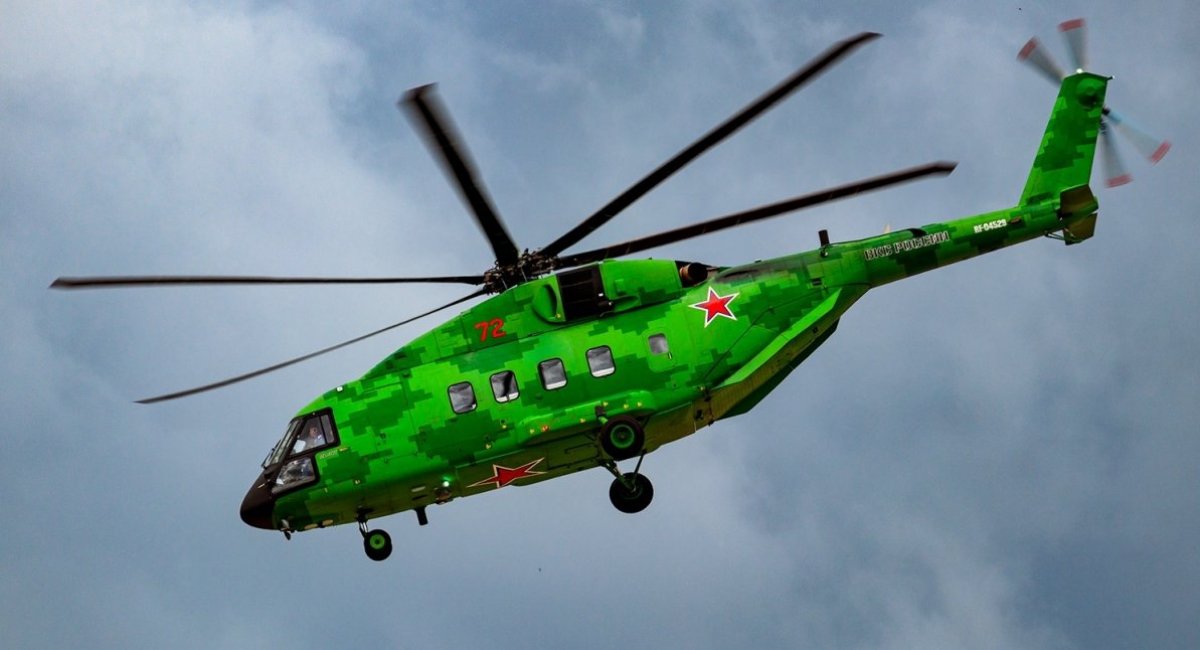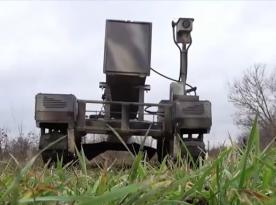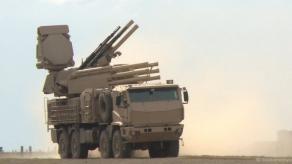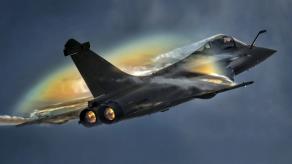Myanmar has officially commissioned three russian Mi-38T helicopters and two Chinese Y-8 transport aircraft. According to the Myanmar Institute of Defense and Security, the new helicopters arrived in two transport configurations and one VIP passenger version, dubbed Salon.
The Mi-38T helicopters were built at the Kazan Helicopter Plant in russia, with the order believed to have been signed back in 2020, when Moscow first reported a contract with a foreign customer for three helicopters in the same configuration. The handover ceremony in 2025 confirms that the production of these aircraft took nearly five years, a surprisingly long timeline even by russian defense industry standards.
Read more: U.S. Reverses Decision Restores E-7 Wedgetail AWACS Program Due to Lack of Alternatives
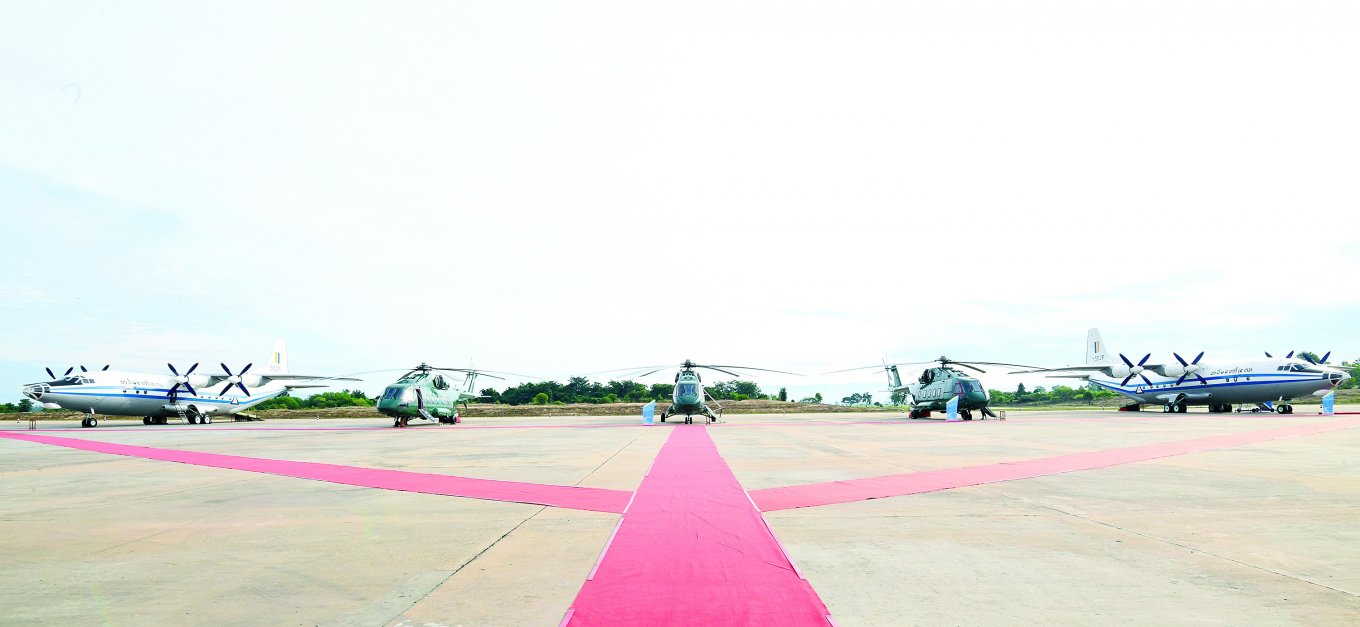
This extended production cycle may point to continued technical challenges with both the Mi-38T platform and its TV7-117V engines, which have faced repeated reliability and performance issues. The Mi-38 helicopter's development history is a saga in itself: it began as a Soviet-era project in 1981, originally intended to replace the Mi-8 family of helicopters.
At one stage in the 1990s, the aircraft was even meant to feature Pratt & Whitney Canada PW127T/S engines, before russia switched to its domestic TV7-117V engine as part of an import substitution drive.
Serial production of the Mi-38T units was expected to start in 2015, but persistent design flaws and technical delays pushed that date back until 2018. Even then, the first serial sample only appeared in 2019, meaning the helicopter took nearly 38 years from its initial concept to operational service in russia, and even longer to be delivered abroad.

The TV7-117V engine remains one of the program's biggest weaknesses. In August 2021, russian Il-112V light transport aircraft powered by the same engine suffered a fatal crash during test flights, leading engine manufacturer ODK-Klimov to recommend halting the Mi-38 operations and suspending trials of the Il-114-300 aircraft until the causes were clarified.
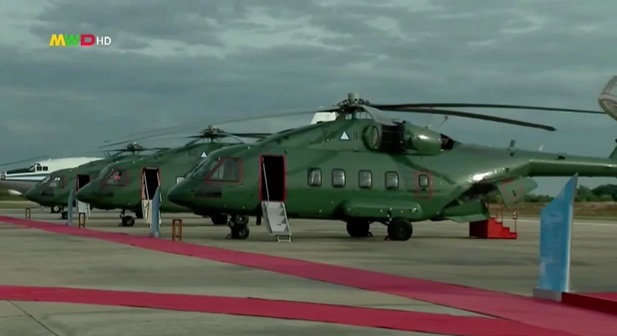
As Defense Express previously reported, after years of delays and controversies, the British Army's Ajax armored vehicle program has officially reached its Initial Operating Capability (IOC) milestone, marking a small but notable step forward in one of the UK's most troubled defense projects.
The Ministry of Defense confirmed that Ajax vehicle and the units equipped with it now demonstrate a "minimum acceptable level of capability", although full operational readiness is still years away.
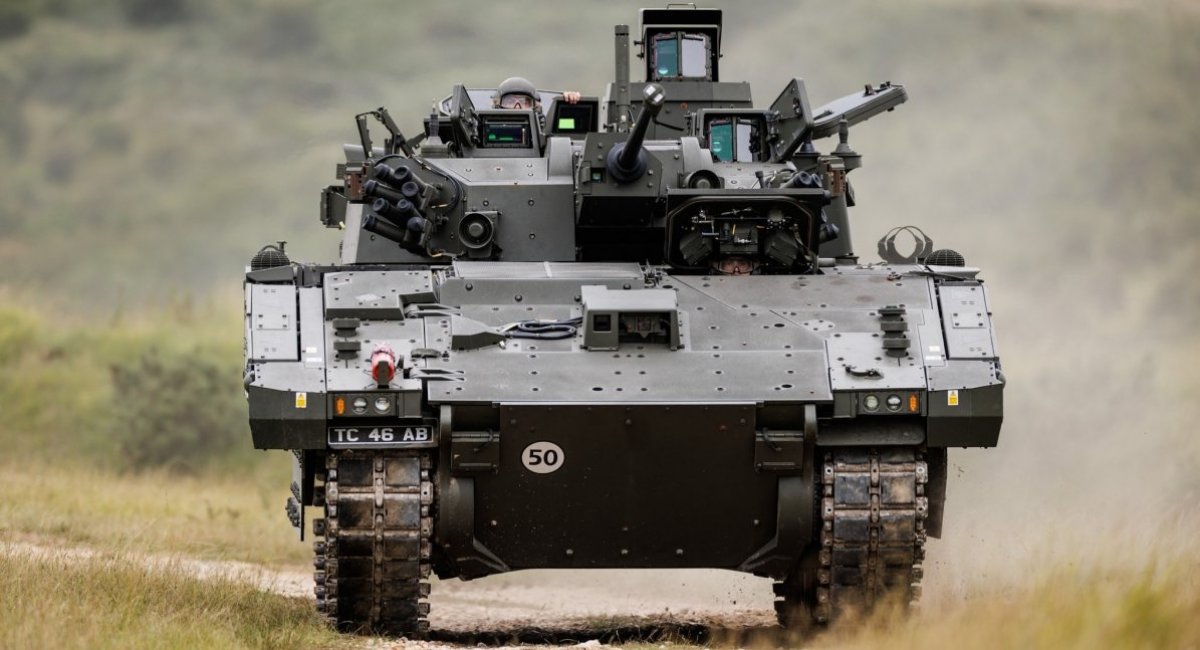
Read more: From Disaster to Deployment: Britain's Ajax Program Takes a Hesitant Step Forward




